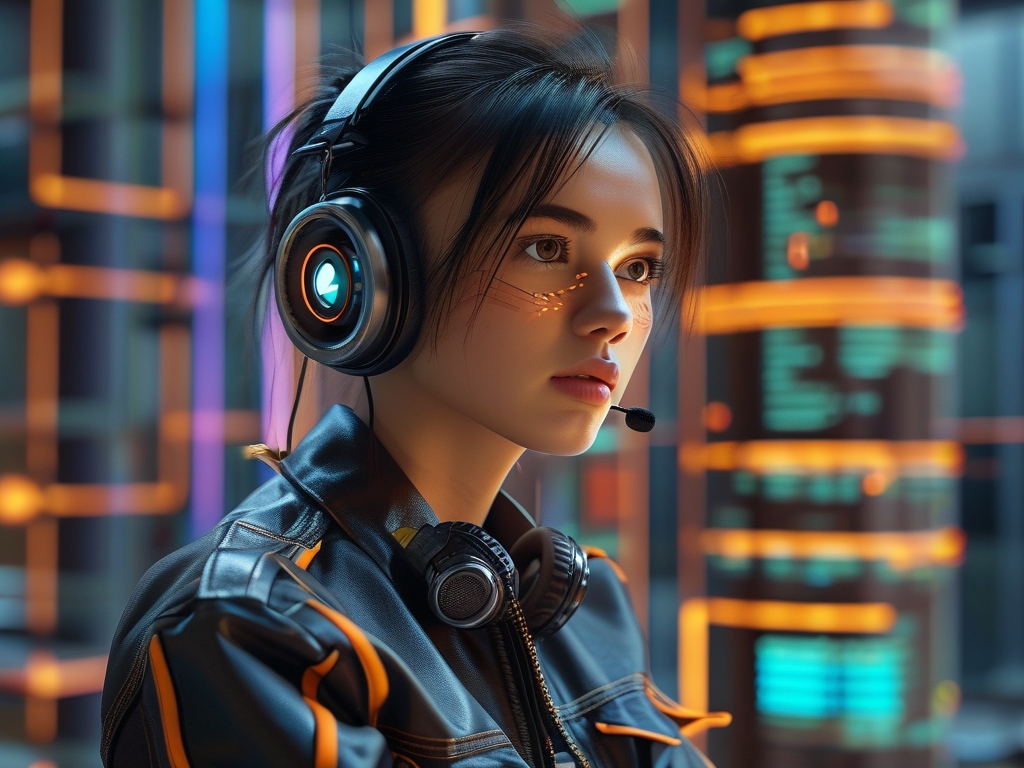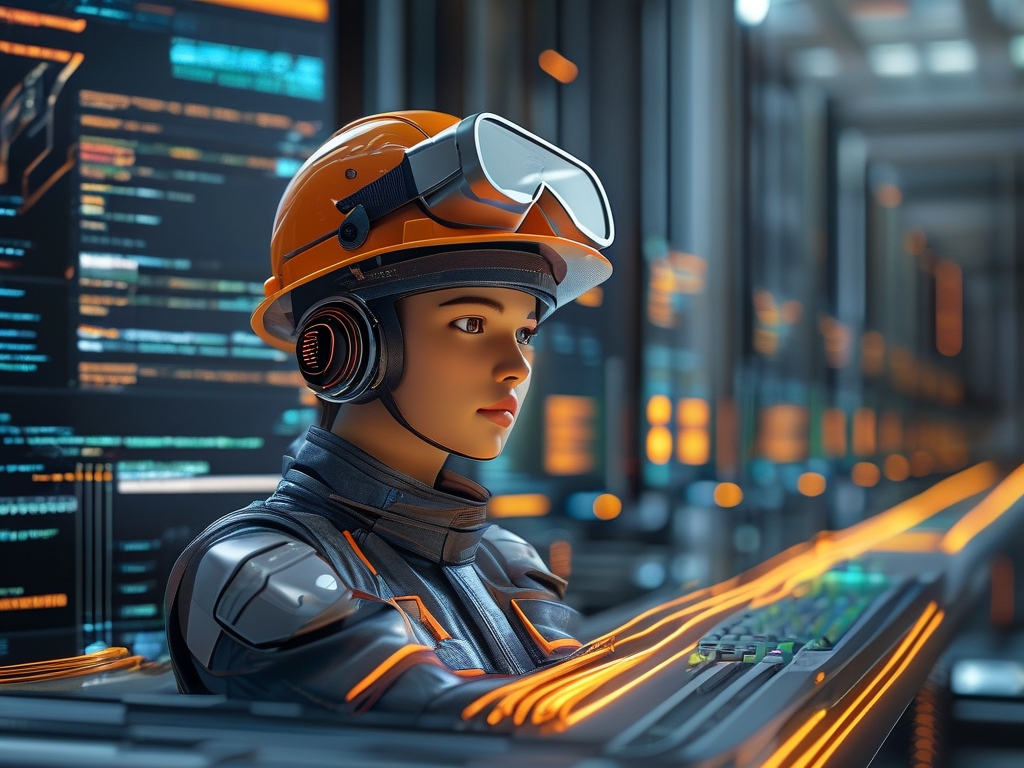In the rapidly evolving landscape of operating systems and smart devices, the role of a HarmonyOS Algorithm Engineer has emerged as a critical driver of innovation. As Huawei's HarmonyOS (Hongmeng OS) continues to redefine cross-device connectivity and distributed computing, algorithm engineers specializing in this ecosystem are shaping the backbone of next-generation intelligent systems. This article explores the responsibilities, challenges, and transformative potential of this cutting-edge profession.
The Rise of HarmonyOS and Its Algorithmic Demands
HarmonyOS, launched in 2019, was designed to overcome the limitations of traditional operating systems by enabling seamless collaboration across smartphones, IoT devices, wearables, and industrial applications. Unlike Android or iOS, HarmonyOS employs a distributed architecture that prioritizes low latency, high security, and resource efficiency. For algorithm engineers, this unique framework presents both opportunities and challenges. They must develop algorithms that:

- Optimize task scheduling across heterogeneous devices.
- Enable real-time data synchronization in multi-device environments.
- Enhance AI-driven features like voice recognition and predictive analytics.
Core Responsibilities of a HarmonyOS Algorithm Engineer
A HarmonyOS Algorithm Engineer’s work revolves around three pillars: performance optimization, AI integration, and system reliability.

1. Distributed Computing Optimization
HarmonyOS’s distributed capabilities require algorithms that dynamically allocate computational tasks based on device capabilities and network conditions. For instance, an engineer might design a load-balancing algorithm to split video rendering tasks between a smartphone and a smart TV, minimizing latency while conserving battery life. Such algorithms often involve graph theory, queuing models, and reinforcement learning to adapt to real-time scenarios.
2. AI and Machine Learning Integration
HarmonyOS heavily leverages AI for features like contextual awareness and adaptive user interfaces. Algorithm engineers develop lightweight machine learning models that run efficiently on resource-constrained devices. For example, a gesture-recognition algorithm must operate on a smartwatch’s limited hardware while maintaining accuracy. Techniques like model pruning, quantization, and federated learning are frequently employed to achieve this balance.
3. Security and Privacy-Preserving Algorithms
With HarmonyOS’s emphasis on security, engineers must embed privacy-by-design principles into algorithms. This includes designing encrypted data-sharing protocols for cross-device communication and implementing differential privacy in user analytics. A notable challenge is ensuring compliance with global regulations like GDPR while maintaining system performance.
Challenges in HarmonyOS Algorithm Development
Despite its advantages, HarmonyOS presents unique hurdles:
- Heterogeneous Hardware Compatibility: Algorithms must function seamlessly across devices with varying processing power, from high-end tablets to low-cost sensors.
- Real-Time Constraints: Applications like autonomous driving or industrial automation demand sub-millisecond response times, pushing engineers to refine algorithms for extreme efficiency.
- Fragmented Ecosystem: Unlike centralized OS ecosystems, HarmonyOS’s distributed nature complicates debugging and performance monitoring.
Case Study: Smart Home Energy Management
To illustrate the role’s impact, consider a HarmonyOS-powered smart home system. An algorithm engineer might design an energy optimization module that:
- Collects data from smart meters, solar panels, and appliances.
- Uses predictive analytics to forecast energy usage patterns.
- Dynamically adjusts device operations to minimize costs and carbon footprint.
This requires integrating time-series forecasting, combinatorial optimization, and edge computing strategies—all while ensuring user privacy.
The Future of HarmonyOS Algorithm Engineering
As HarmonyOS expands into automotive, healthcare, and industrial sectors, algorithm engineers will play a pivotal role in bridging hardware and software innovation. Emerging trends include:
- Quantum-Inspired Algorithms: For solving complex optimization problems in large-scale IoT networks.
- Neuromorphic Computing Integration: Developing algorithms compatible with brain-inspired chips for ultra-low-power AI.
- 6G Readiness: Preparing algorithms for ultra-high-speed, low-latency 6G networks, which HarmonyOS aims to support by 2030.
The role of a HarmonyOS Algorithm Engineer sits at the intersection of distributed systems, artificial intelligence, and ethical computing. As the demand for interconnected smart ecosystems grows, these professionals will continue to pioneer solutions that redefine how humans interact with technology. For aspiring engineers, mastering HarmonyOS development represents not just a career opportunity but a chance to shape the digital future.









